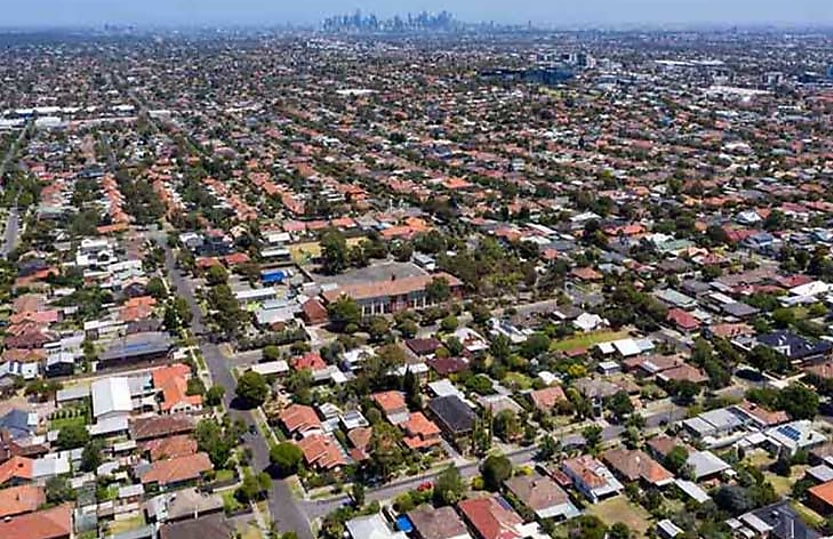Downside risks emerge in property market despite rising values

Property values rose again in October but there is a clear slowdown in the rate of quarterly growth, says CoreLogic.
CoreLogic’s national home value index rose a further 0.9 per cent in October, which was a slight acceleration from the 0.7 per cent rise in September.
Since the January trough, the national home value index has increased 7.6 per cent, with the index now only half a per cent below the historic high recorded in April last year.
CoreLogic research director Tim Lawless said at this rate of growth, home values will likely reach a new record high mid-way through November, recording from the 7.5 per cent drop in values between May 2022 and January 2023.
However, despite housing values consistently rising across most capital cities, Mr Lawless said there’s been a clear slowdown in the quarterly pace of growth.
The three months ending June 2023 saw capital city home values rise by 3.7 per cent. Since then the growth trend has drifted back to 2.6 per cent over the three months to October.
“The slower rate of appreciation can probably be attributed to a combination of higher advertised stock levels alongside stretched affordability,” said Mr Lawless.
“With an acceleration in the flow of new listings coming onto the market, it’s unlikely buyer demand will be able to keep pace as we move through spring amid high interest rates and low sentiment.”
Dwelling values rose across each of the capital cities except Darwin through the month with Perth increasing 1.6 per cent, Brisbane up 1.4 per cent and Adelaide increasing 1.3 per cent.
Brisbane housing values reached a record high in October as well as Perth and Adelaide after recovering from shallow downturns earlier this year.
Regional markets continue to lag their capital city counterparts with the combined regional index up 0.7 per cent in October compared with a 0.9 per cent rise across the combined capitals.
“Despite the slower pace of growth, every rest of state region recorded a rise in home values over the month, except regional Tasmania where values were flat,” Mr Lawless said.
“Similar to the trend in the capitals, regional Queensland, WA and SA are showing stronger conditions with each of these rest of state regions at record highs in October.”
Potential risks on the horizon
Mr Lawless said that as the levels of available supply continue to grow, there is a risk that the flow of new listings could outpace the number of active buyers.
“More stock means more choice, less urgency in decision making and a greater ability to negotiate for buyers,” he said,
Mr Lawless said that consumer sentiment is also deeply pessimistic which is often strongly correlated with housing activity.
“A further drop in consumer spirits could be accompanied by a reduction in buyer activity,” he said.
Higher than expected inflation in the September quarter could also see another increase in the cash rate in November, he said.
Another lift in the interest rates would also make it harder for buyers to access credit .
“The wash up is that we are likely to see a further reduction in the rate of growth in housing values over the months ahead alongside increased diversity in capital growth performance,” he said.
About the author







